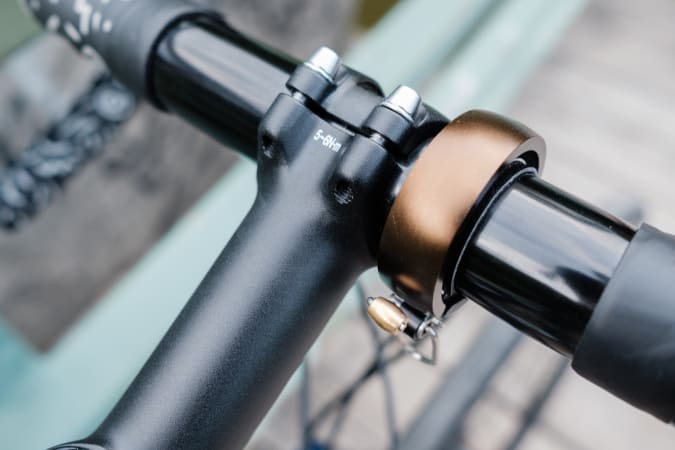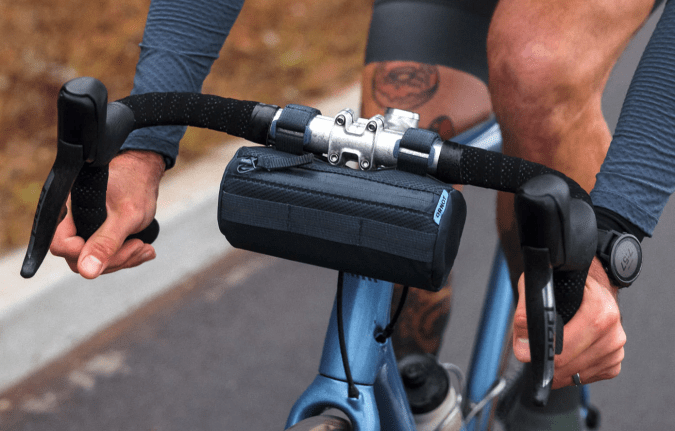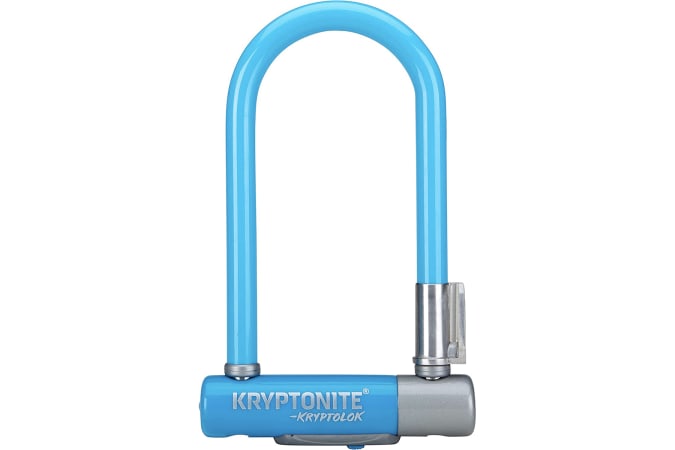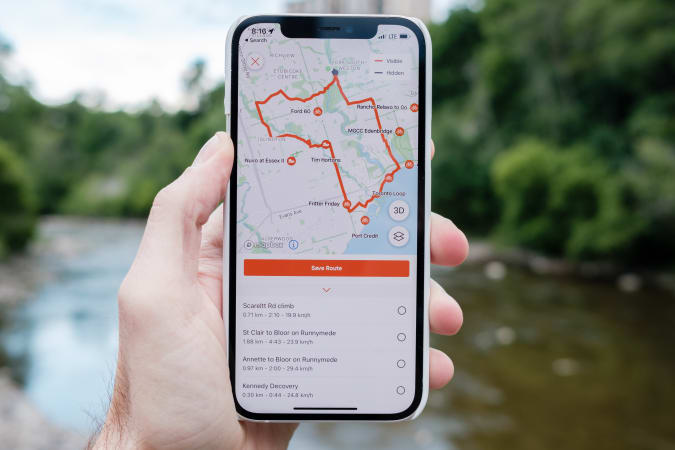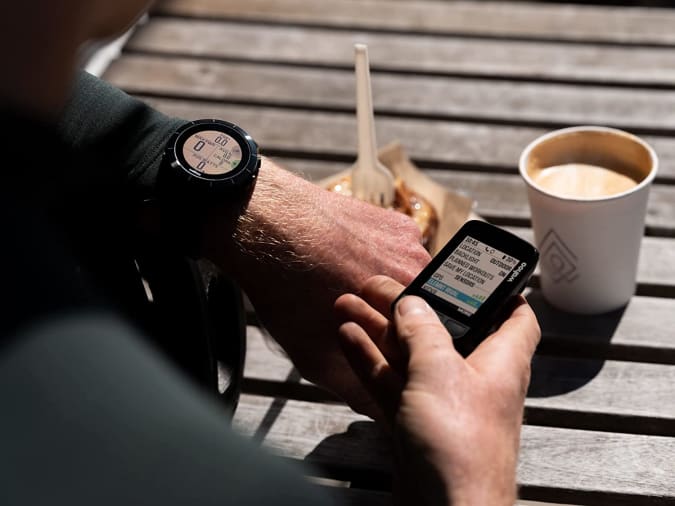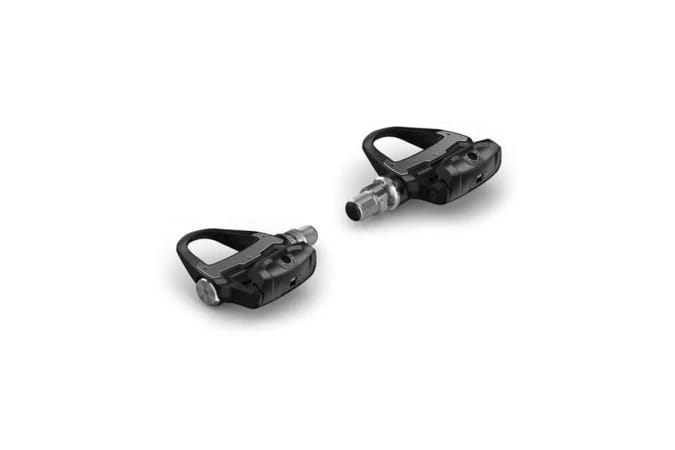Like a lot of people, I only recently began cycling. After more than a decade of not riding a bike, I bought my first one as an adult at the start of the pandemic and immediately fell in love with what it had to offer. Cycling was my escape from a world that didn’t make sense anymore. It has since become the primary way I stay fit, unwind after a long day and get to where I need to go.
Along the way, I’ve tried many different cycling gadgets. The entries in the list below represent some of my favorites. Outside of essentials like a helmet, multitool and spare inner tubes, you don’t need most of the items listed below to enjoy whatever time you spend on your bike or e-bike, but some will keep you safer or make it easier to achieve your fitness goals – if that’s what you want to get out of the hobby.
Knog Rear Plus Light
Knog
Cycling frequently involves sharing the road with cars, and one of the best ways to stay safe is by making yourself as visible as possible to drivers. One way to do that is with a seat post-mounted LED light. You have a lot of options when it comes to cycling lights, but one of the best in my experience is the affordable Rear Plus from Knog.
You’ll notice the Rear Plus is one of two products from Knog on this list. The reason for that is that the company makes cycling accessories that stand out for their usability and clever design. With the Rear Plus, for instance, you plug it into your computer like a USB thumb drive whenever you need to charge it, meaning you don’t need to deal with a micro-USB cable like with many other bicycle lights. What’s more, Knog claims you can get up to 40 hours of battery life from the device depending on the lighting mode you use. And since it’s so easy to charge, you’re much less likely to find yourself in a situation where you don’t have a light when the sun is about to set.
If you’re willing to spend more, an even safer option is to buy a rearview radar like the $200 Garmin Varia RTL515. In addition to being a light, it pairs with your smartphone or bike computer, with models from both Garmin and Wahoo supported, to provide visual, audible and haptic alerts when cars are approaching you. It can detect a vehicle up to 150 meters away and will more urgently warn you if one is approaching quickly. It’s not a replacement for checking your blind spots, but it will take away much of the stress involved with road cycling.
Buy Knog Rear Plus Light at Amazon – $18 Buy Garmin Varia RTL515 at Amazon – $200
Knog Oi Bike Bell
Igor Bonifacic / Engadget
After an LED light, you’ll want to make sure you have a bell installed on your bicycle. I know what you’re thinking: can’t you just warn people when you’re about to ride past them. The answer is yes, but they probably won’t hear you or react quickly, especially if they’re talking to someone at the time. You’ll be surprised how much more effective a bell is at communicating with pedestrians than your voice. I find one is also invaluable when you’re faced with a driver waiting to make a turn.
For an “aero” option that won’t look out of place on a carbon road bike, consider the Knog Oi Luxe. It’s easy to install and features a slick design that won’t clutter your cockpit. For something with more classic styling, look to the Spurcycle Original Bell. Both produce distinct sounds that cut through traffic and other noises.
Buy Knog Oi Bike Bell at Amazon starting at $17
Ornot Handlebar Bag Mini
Ornot
There’s a good chance you’ll want to carry your phone and other belongings with you when you set out on your cycling adventures, and that’s where a handlebar bag can come in handy. The amount of choice here is endless, with nearly every major cycling brand offering at least a few different models.
Another option is to support a local company in your area. On that front, there have never been more independent bagmakers than there at this moment. In the US alone, you have companies like Swift Industries, PS Bagworks and Roadrunner Bags making thoughtful and durable cycling bags of all shapes and sizes. Seriously, a quick Google search and you’re bound to find someone sewing cycling bags in your local area. And if all you want is a foolproof recommendation, consider the Handlebar Bag Mini from Ornot. It’s the perfect size for carrying a phone, sunglasses and a few snacks, and like all of the company’s products, the quality of materials and craftsmanship is second to none.
Buy Handlebar Bag Mini at Ornot – $44
Kryptonite Kryptolok
Kryptonite
At some point, you’ll need to leave your bike in a place where you can’t keep a constant eye on it. Since 2020, I’ve used a Kryptonite Kryptolok to lock my bike up, and so far it has yet to be stolen (knock on wood). A lot of people swear by Kryptonite locks and I like the one I bought for its no-fuss key mechanism. It also comes with a holder you can mount to one of your bike’s bottle cage mounts.
Buy Kryptonite Kryptolok at Amazon – $64
Strava Subscription
Igor Bonifacic / Engadget
Even if you only consider yourself a casual cyclist, you should use an app like Strava to record your rides. Like with any activity, it can be easy to get discouraged with cycling, particularly if you finish a ride where you feel like things didn’t go your way. But here’s the thing, you’re getting better whether you realize it or not.
When I first started cycling in the summer of 2020, I was averaging a speed of about 15km per hour. I can now do about 23km per hour. I know that because I have a record of nearly every ride I’ve gone on since I bought my first bike at the start of the pandemic. And it’s all thanks to Strava.
The best part of the app is that you don’t need to pay for its annual $60 premium subscription to get access to some of its best features. Recording your rides is free, and the company recently made its Beacon feature, which can automatically notify your loved ones of your location, available to all smartphone users. In my view, it’s worthwhile upgrading to Strava’s premium tier if you think you’ll get value out of its route-building tool. It uses the company’s data to generate routes in your nearby vicinity, and I find it’s a good way to add some variety to your rides.
Subscribe to Strava – $60/year
Wahoo Elemnt Bolt V2
Wahoo
In your phone, you already own one of the most useful cycling accessories you can buy. Not only can it point you in the right direction when you get lost but you can also use it with apps like Strava to track your rides. In those instances, it can be useful to have easy access to your phone when you’re on the saddle. That’s where a handlebar phone mount can be invaluable.
One of the most secure options I’ve tried is made by Quad Lock. The company’s system involves a case made specifically for your make of phone and a dual-stage locking mechanism that ensures both case and device stay firmly affixed to your bike. They also offer both stem and out front mounts, with the option to orient your phone horizontally – making it a great fit for Zwift.
Another option is to buy a dedicated bike computer such as the Wahoo Elemnt Bolt. The Bolt offers turn-by-turn navigation and an interface that’s purpose-built for cycling. That means the inclusion of tactile buttons that make it possible to interact with the device by feel alone, even when you’re wearing cycling gloves. Plus, a $300 bike computer is a lot more affordable to replace than a high-end smartphone if you end up in a crash. Just make sure you go for the V2 version. Wahoo recently updated the Bolt to add USB-C charging and a color screen.
Buy Element Bolt V2 at Amazon – $300
Garmin Rally Pedals
Garmin
If you already own some variation of everything else on this list, then you’re probably at the point where you’re considering a power meter so you have a more consistent way of measuring your fitness gains.
To be clear, the majority of people, even those for whom cycling is their primary form of exercise, don’t need a power meter. But if you’re absolutely set on buying one, Garmin makes one of the best options. The company’s Rally pedals offer several advantages over other models. They’re much easier to install than power meters that replace either your bottom bracket or crankarms. All you need is a pedal wrench. Additionally, with Garmin offering the Rally pedals in Shimano SPD, SPD-SL and Look Keo versions, there’s a good chance you won’t have to replace your existing clipless cleats to use them. Garmin also offers a conversion kit that allows you to use the spindle mechanism across multiple bikes. With a price tag that starts at $649, they are expensive, but also one of the most versatile options on the market.
Buy Rally pedals at Garmin starting at $649
All products recommended by Engadget are selected by our editorial team, independent of our parent company. Some of our stories include affiliate links. If you buy something through one of these links, we may earn an affiliate commission.


